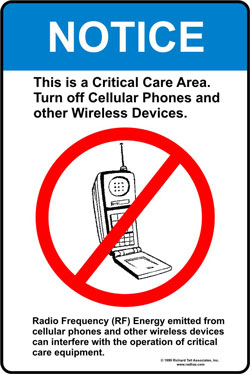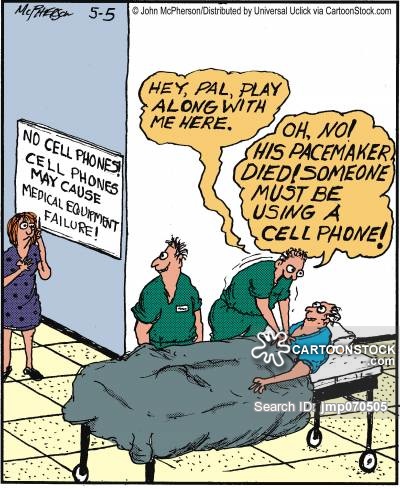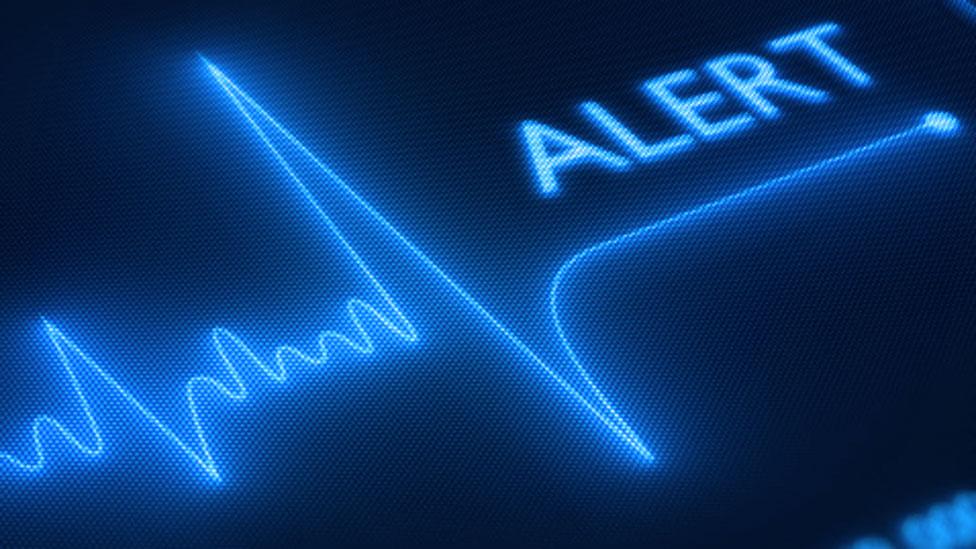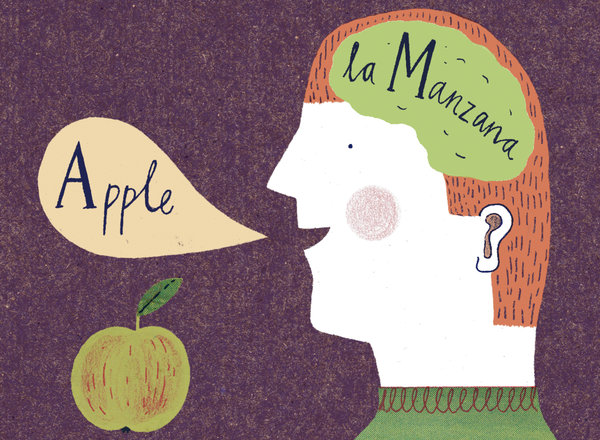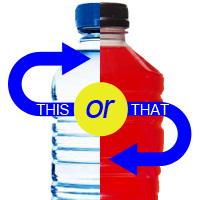Protein bars are truly on the rise. They’re without a doubt found in any grocery store, gas station, café, you name it. So, there’s that more of a chance that you’ll see or know of someone who’s had one. I mean, you might even find yourself eating one! Maybe it’s just me, but if I have one as a meal or without having worked out, I almost feel guilty? Sometimes that first bite makes me wonder whether or not they’re nothing more than candy bars wrapped in protein skin? Really, how healthy is the protein in protein bars? This blog post allows me the opportunity to research the science behind it all.
Now, from my basic knowledge, these carb-,fat-,sugar, protein-loaded processed foods are all labeled with terms “organic” and “low-fat” to grab those “health-conscious” shoppers. Frankly, many people, including myself, don’t even know what makes it healthy? So, let’s take a look inside.
Unlike your the average granola/snack bars, protein bars are largely concentrations of protein. Shocker right? The countless choices to chose from leads one bar from another using a different kind of protein. Since protein is such a dense ingredient, you’ll notice that the hardness of bars varies as well. I’m guessing that “Used best by…” label isn’t there for nothing, so the texture of these bars do change over storage time. In 2010, a study over the span of 50 days shows “whey protein isolate” to have remained softer than the firm texture of “calcium caseinate”. Their results confirm that the hardening of protein bars isn’t caused by differences proteins. Rather the process driven by the separation of that specific protein from water. Two years later, another texture analysis study found the hardness development controlled by differences in water moisture as well.
That same year, a similar replicated study tested “modified dairy proteins” to the control variable, whey protein. Successfully, their use of statistical correlations from sensory evaluations and texture measurements determined ratios of both whey and dairy proteins achieves the ideal and healthy protein bar blend.
Now besides how healthy it is inside, I wanted to see how healthy those insides impact our body? According to “The (New) Science Behind Protein Intake” by Food Network, protein is used to build muscle, which burns fat.
I found Nutrition Journal‘s 2004 article providing a direct comparison of impact on the body during exercise between two of the most common protein bars out there, soy and whey. Over nine-week period, treatment groups of 33g of either soy or whey protein and low workout intensity class of nine students were compared to a control group of nine students doing the same workout intensity class without any protein bar.
Both protein bars (soy and whey) workout group, showed an increase in the students’ “lean body mass”. The whey-only protein bar workout group resulted in damaging post-workout effects. Lastly, the control group didn’t show any beneficial nor harmful effects. From this study, I can conclude that both, soy and whey protein bars, have healthy effects towards increasing lean body mass with exercise training. Without the training I believe you wouldn’t be getting the same kind of body mass gain you’d be hoping for. Basically, it’d be that same candy bar again. Doesn’t sound to me like that’s making you so lean anymore?
For this being such a big food choice in today’s society, most of these studies’ evidence for this topic is whether or not you’re making it healthy for you. What I mean by these protein bars, primarily sold to athletes, is that they’re becoming more and more popular across dieters, bodybuilders, runners, or simply as a convenient meal replacement. They’re becoming so popular as a healthy alternative to full meals it’s nearly overdosing on sugar and lacking in nutritional value. In my opinion based off my research, it’s dead food. Although, many of us don’t have any idea what these protein bars entail. Hence, the reason why I wanted to research this topic. If you’re still not getting the basics, watch this a little video from The New York Times’ article:
Overall, the protein in protein bars is healthy, especially after a workout. They’re even OK as an occasional snack. Though, if you find yourself not consuming them moderately, I’d rethink your consideration of them still being healthy… Wouldn’t blame you if you mistaken it for a candy bar.






